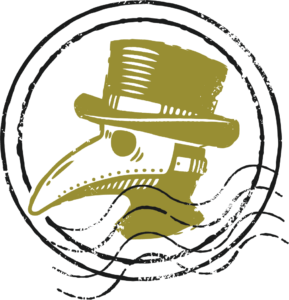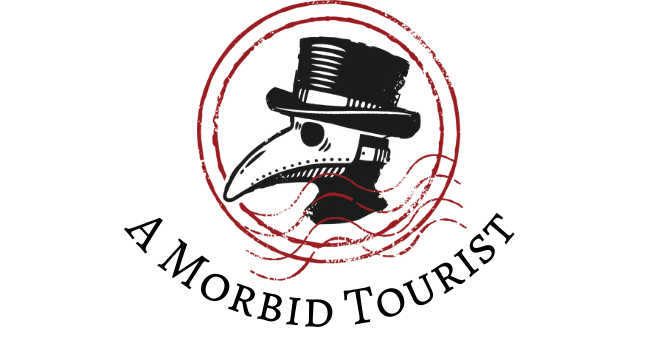Mary Shelley's
House of Frankenstein
Frankenstein; or, The Modern Prometheus, is widely considered to be one of the first science fiction stories ever written. Mary Shelley made it up as part of a competition between herself, her husband Percy Shelley, Lord Byron, and John Polidori. It was a horrible, rainy day in Geneva and they were bored. To pass the time, they decided to hold a competition to see who could make up the best horror story. You could say our girl Mary won that competition, and then some.
The story that came to her in a dream became a full-fledged book, with the bulk of it being written at Mary’s home in Bath, Somerset. Since its release in 1818, Frankenstein has been a critical success to the point that it still sells around 40,000 copies annually 206 years later. The story has also been adapted to film over 30 times!
Mary Shelley was only 19 years of age when she penned her iconic book, which is sickening!
The Birth of an Icon
The story of Dr. Frankenstein and his Creation has had a huge effect on the horror and sci-fi landscapes, and continues to influence and inspire. The ‘hubris of man’ storyline is a popular one, especially stories in which people’s creations turn on or otherwise disobey them (as seen in The Rocky Horror Picture Show and Blade Runner).
The Monster himself has appeared in other horror films, often alongside other characters, like in Frankenstein Meets the Wolf-Man, House of Dracula, Van Helsing, and Hotel Transylvania. He’s even shown up in cartoons, from The Simpsons to Scooby-Doo! Legendary horror mangaka Junji Ito made a manga adaptation of the book, which is so cool! I could seriously go on forever and ever. To spare you from that, here’s a list of all the pop culture appearances of, and references to, Dr. Frankenstein and his Monster.
In short, it’s a bit of a Big Deal.
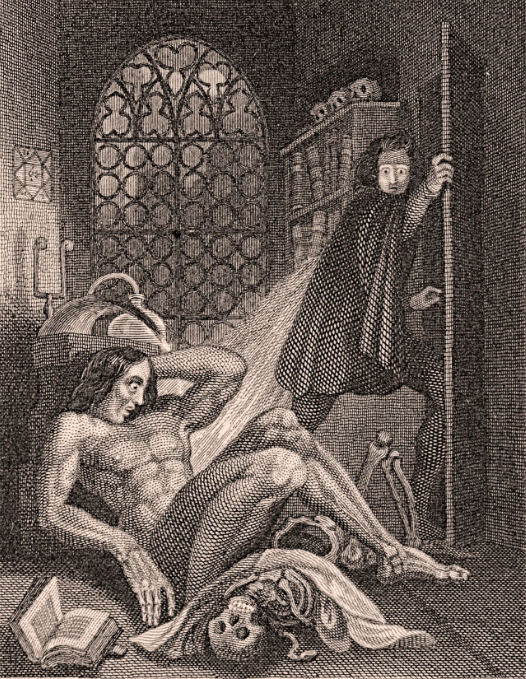
© British Library
One of the best parts of the story of Frankenstein is the realisation that the doctor himself is more of a monster than the so-called ‘monster’ he created. Frankenstein’s Monster is gentle and curious, as well as highly articulate once he’s learned and practiced human language. I personally believe it’s one of the first examples of the ‘we are the monsters’ trope that is found in a lot of modern media.
There is also the popular question of the morality of playing god, and the theme of science going too far, just because it can (insert Jeff Goldblum in Jurassic Park here). These themes are so relevant even (and with the rise of advanced robotics and AI, maybe especially) today.
The House of Frankenstein
In June 2021, the first attraction entirely dedicated to Mary and her creation opened in Bath. Mary Shelley’s House of Frankenstein is an immersive, walk-through experience telling the story of Mary’s unusual (and often tragic) life, as well as paying homage to her most well-known creative work.
Two of my friends, Holly and Ali, got in touch and asked if I’d like to join them in visiting. I was already sold, having seen adverts for the house around town, but when I found out that there was an escape room, I was double sold. Having never done an escape room before, I wanted to see what it was like. I thought a dark, spooky version of one would be the perfect place to begin.
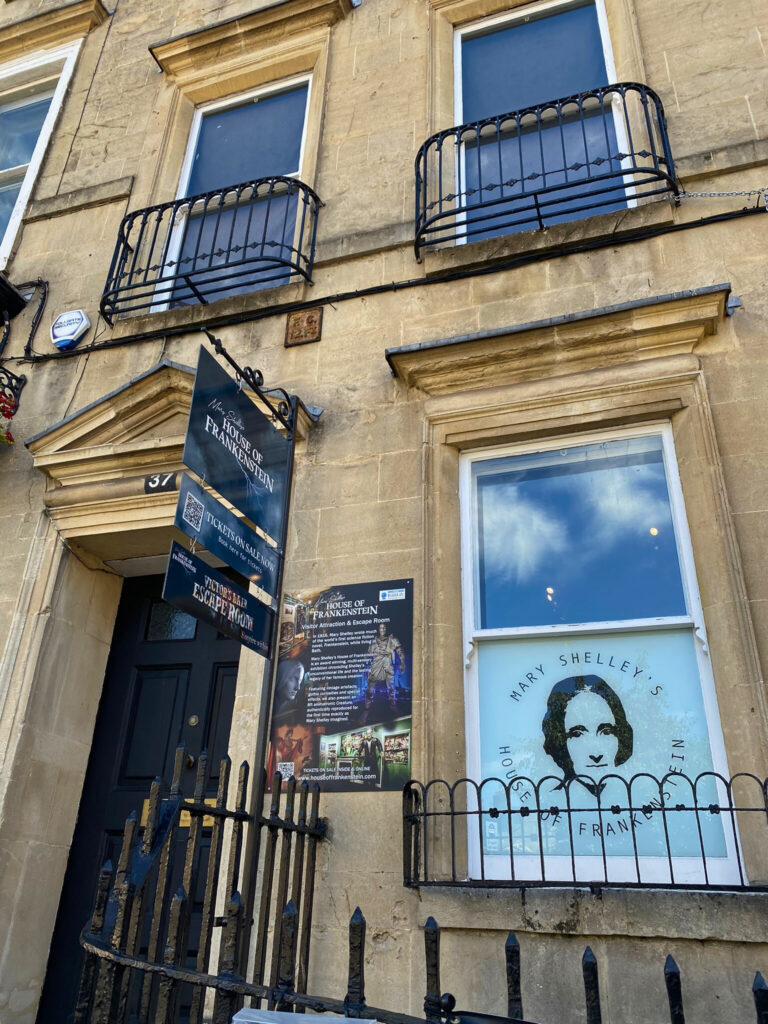
There were four of us (H&A’s friend Dave came too) and I would say that’s the optimal amount for the escape room. Any less might be tricky to work out the puzzles, and any more would be way too crowded and confusing. I went in thinking I’d be awful at it but actually I did better than I thought! It definitely took combined brainpower though, as we all have different strengths (stone-cold logic is NOT one of mine).
I won’t go into too much detail about the actual contents of the escape room, as I don’t want to spoil it for anyone. The only specific thing I’ll say is that there was a fireplace poker near the door that I immediately armed myself with, to everyone’s amusement. I have played so many survival horror games that finding a weapon was my first instinct.
The room itself was suitably spooky, a lot of fun, and just challenging enough without becoming annoying. We had an hour to get out and did it in 43 minutes and 27 seconds, using only two out of the three hints that Victor’s assistant would allow us to have. After all of her heckling, she said we’d done a good job, and confided that sometimes people use all the hints and then some to get out. We felt suitably smug.
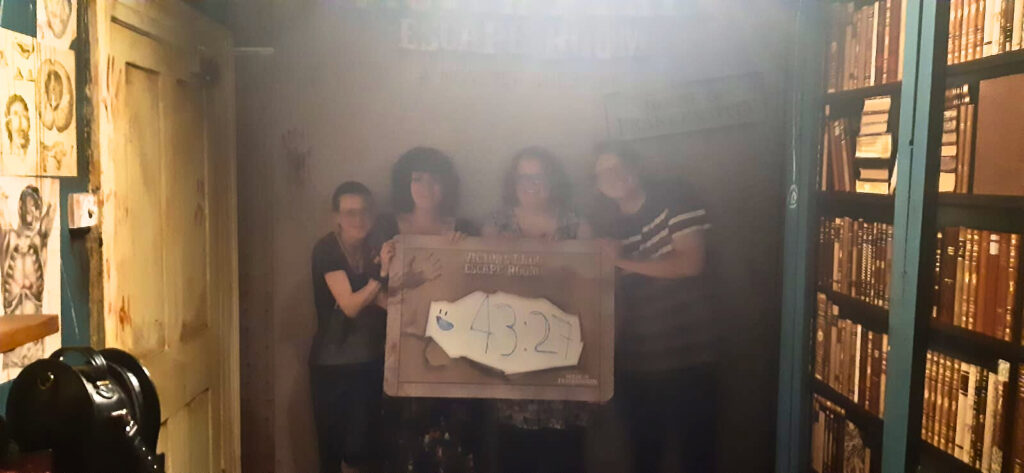
I’m just going to stop here and make a quick note about the staff at House of Frankenstein. They’re absolutely brilliant. The actors stay in character at all times and are hilarious and slightly unnerving, but still somehow put you at ease. Front-of-house staff are friendly and funny (special shout-out to the guy who let us peek into the closed Bloody Mary Bar).
We emerged from the attic escape room and decided to tour the house from the top down. On the same floor was a screening room where they play what’s thought to be the first time Frankenstein and his Monster appeared on film. It’s a 15-minute silent film from 1910, and it was really good! The effects were amazing for their time, with the monster transformation sequence being genuinely frightening. It’s a very interesting look at older film techniques and special effects and I fully recommend watching it.
While we were in there, the screening room door swung closed with a bang, right when the Monster appeared, and scared the hell out of us. We assumed that was part of the show until our escape room assistant sidled in and explained that it’s a fire door triggered by high frequency sounds. We all praised the ‘haunted door’ and its impeccable timing.
Once again, I don’t want to go into lots of detail about the whole house so as not to spoil everything, but I will talk about my personal highlights:
The Pop Culture Room
This room had a Frankenstein-themed pinball machine as well as other arcade games, lots of toys, Halloween decorations, figurines, and the like. It’s a really fun collection and we spent ages looking at it.
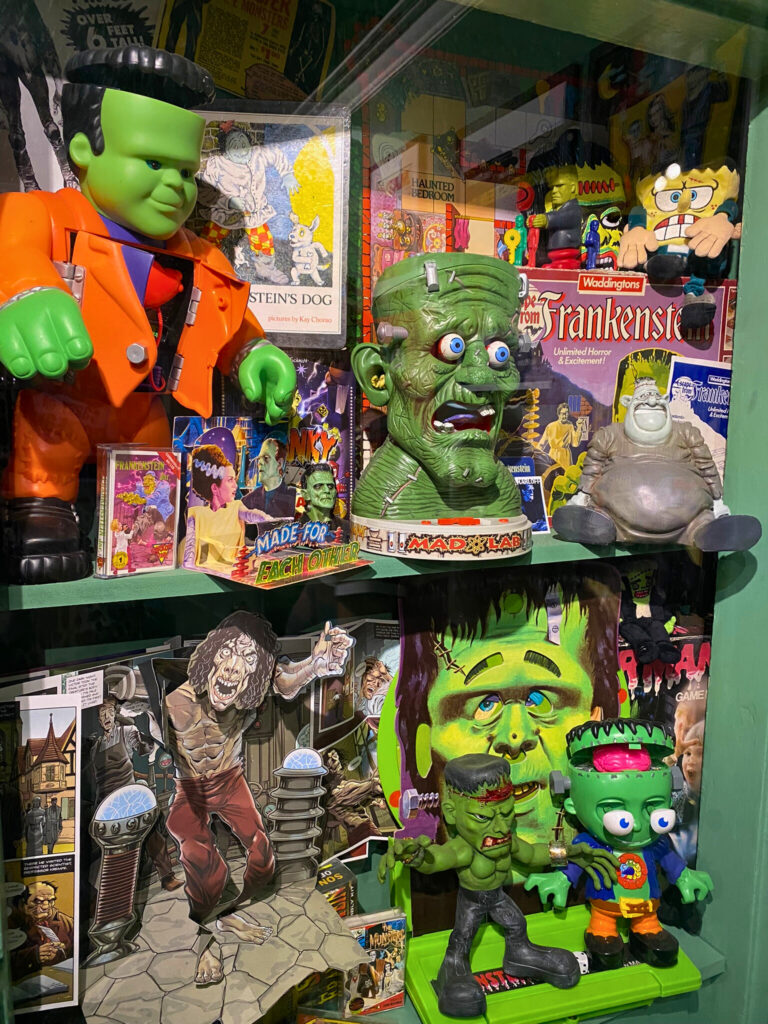
There was an interesting contraption on the wall – it had strips on it and a sign dared you to touch them. There were also signs warning of electrocution, so we were getting mixed messages about its intentions.
(Quick English lesson! You’re only really supposed to use ‘electrocution’ to describe a shock that actually killed someone. The suffix ‘–cution’, after all, comes from the word EXECUTION. So technically, if you were zapped by something and survived, you weren’t electrocuted! Colloquially it’s accepted, but I’m nothing if not a word-pedant.)
Anyway, Holly and I were itching to try it out but too chicken to do it alone, so we counted to three and touched it simultaneously. OW, BLOODY OW. I was expecting a little jolt, but it gives you a hell of a zap! It did not, however, electrocute me (though it would’ve been good if it did). Holly hadn’t put her hand on hard enough so was confused when I skittered around the room yelping. Don’t worry, I made her do it properly and then she understood.
Ali and Dave sensibly said they’d take our word for it. As we left the room, a couple walked in and looked at the shocking contraption. I said to them that yes it works, and yes it hurts, so be careful!
The Reanimation Bars
There was a very dark room, with dim blue lighting. In the middle was a cage with a skeleton twisted up inside. Beneath the cage were two thick copper bars. The sign instructed you to hold onto these to see if your body had enough ‘charge’ to make the lights in the room come on.
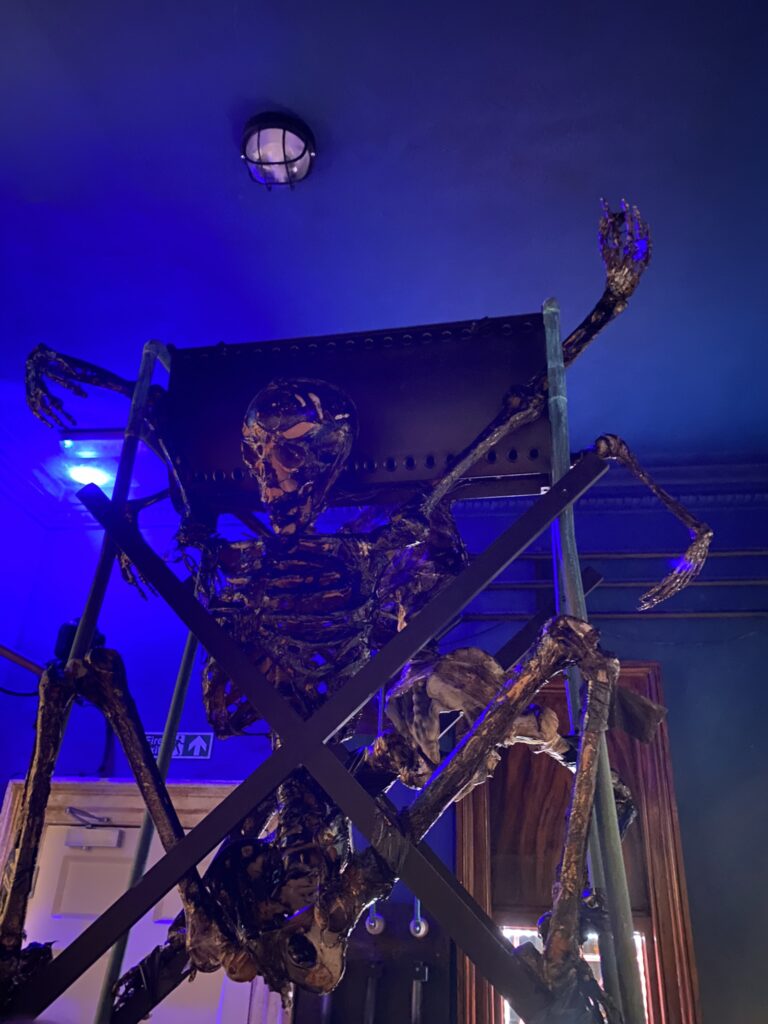
The funny part is that it only worked when Holly and I did it. Now, it could’ve just been designed to work a set amount of times in a pattern, but we unanimously decided that Holly and I were charged with energy from the zapper machine. So that’s why we alone managed to charge the room and get the lights sparking and crackling.
The Mourning Room
Of course, this was my absolute favourite part because I’m a horrible ghoul and probably spent my last life as a malnourished Victorian urchin.
This room talked about the tragic deaths of Mary and Percy Shelley’s kids and how that upended their lives. There was also a bit more detail about the general Victorian obsession with death and the macabre, including an example of post-mortem photography which is one of my favourite weird phenomena ever (next to people born with tails).
The room’s décor was really good – with dripping, peeling old walls – and was set off by a cradle in the corner that rocked continuously by itself. Of course, they also included the famous titbit about Mary keeping Percy’s heart after his death. She stored it in her desk drawer until her own death, when it was finally buried with her.

Phantasmagoria Theatre
The first thing you notice when you walk into this room is the incredibly creepy, huge, all-white cast of Mary Shelley’s face on the wall. The blank eyes were especially unnerving. The space smells faintly of incense and there are several more Victorian mourning decorations scattered around, including some hair jewellery in an ornate box.
In here, I learned that ‘phantasmagoria’ isn’t only a really great word – it was also a kind of horror theatre held back in those death-obsessed days. The audience is herded into a room where they use a wide array of tricks to create a convincing scary experience. These include: light projections (known as ‘magic lanterns’, cute!), sounds, darkness, temperature variation, incense, psychological tricks, and sometimes even hallucinogenic drugs. Apparently some shows were held late at night, or after a required fasting period, so that people were already fatigued and more likely to be convinced by what they saw.
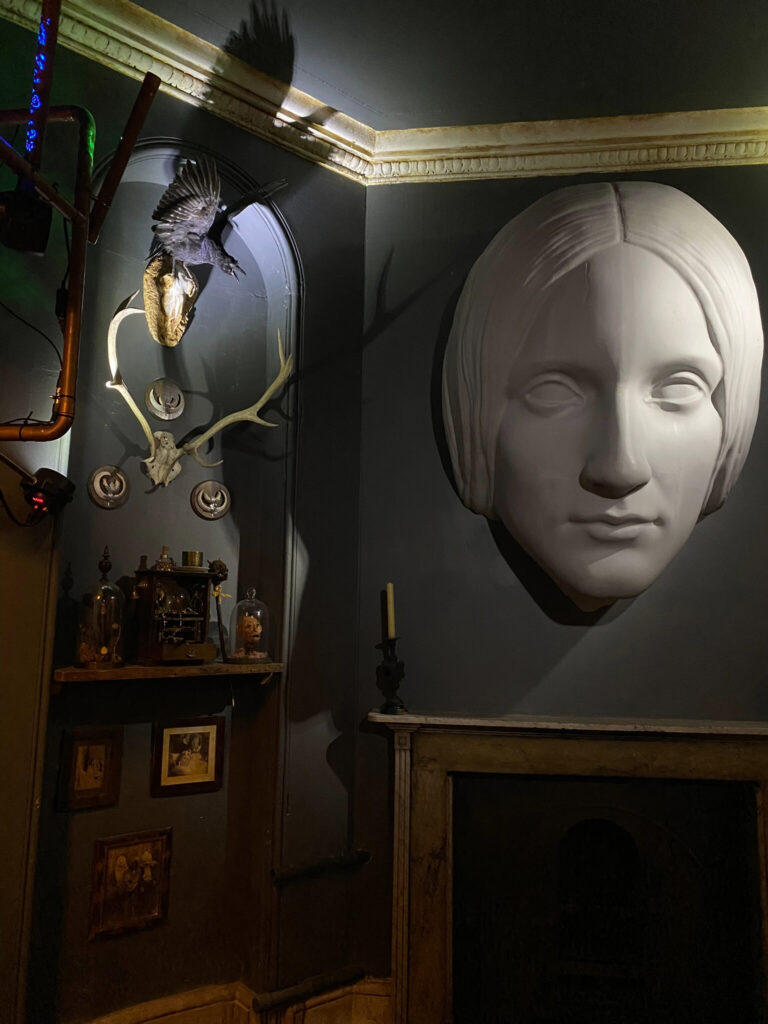
Of course, I was entirely enamoured by this idea and think we should for sure bring Phantasmagoria theatre back. If I made a petition, would you sign it?
The 8-Foot Monster
House of Frankenstein is the first place to have recreated the Monster exactly as described in the book, instead of concentrating on making him look as monstrous as possible. The result is an 8-foot tall statue with thick black hair, dark brown eyes, and a muscular build.
Despite being less conventionally scary, the model is still very intimidating. I found his eyes to be way too realistic for my liking. And that was before they started moving around, scanning the room. I hadn’t realised it was an animatronic and almost fainted dead away. We eventually noticed his chest gently rising and falling – it was so subtly done. The effect was incredible, and genuinely spooked us.
He stands in a messy laboratory room, broken chains around his ankles, and peers down upon visitors with both ire and a kind of sadness. It’s very, very cool.
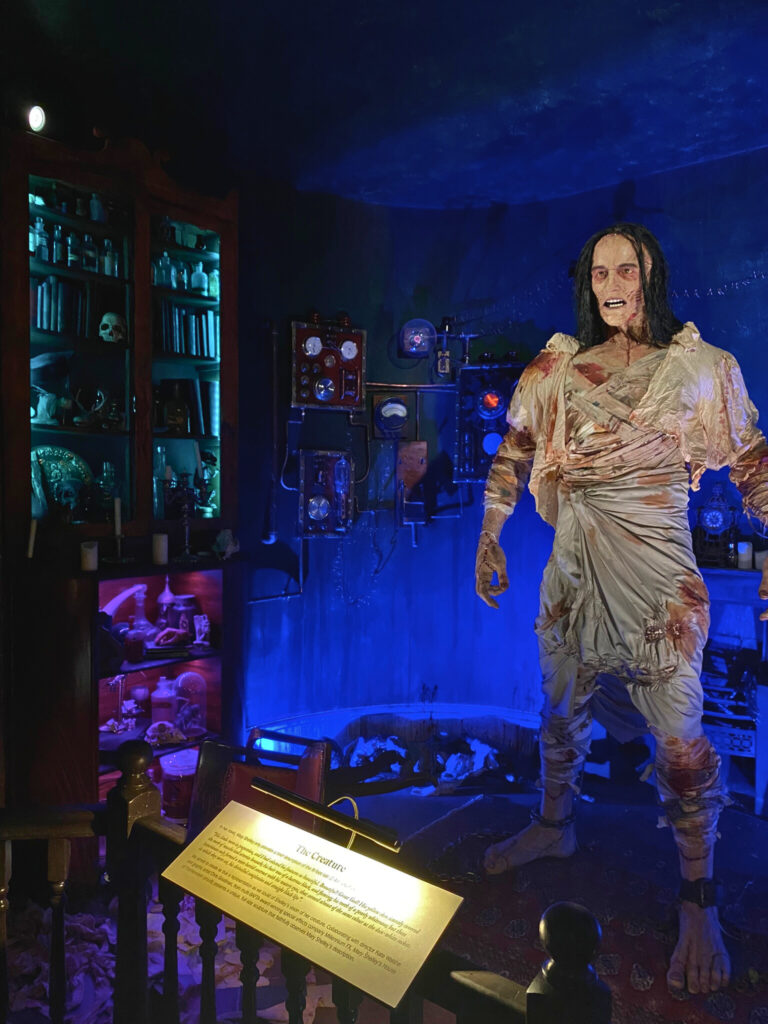
The whole museum was interesting and visually appealing. I learned a lot, which I wasn’t really expecting to, about Mary and the people around her. A lot of this history was very tragic and sad, with much death and mental illness throughout. It was laid out in a way that made you really feel for this woman, who died before any of us were even born. I thoroughly enjoyed walking through it.
As a footnote: I learned in the museum that Lord Byron came up with an equally iconic story on that rainy afternoon. His story was called The Vampyre, which was later refined by Polidori and released as a book.
Of course, vampire myths have been around since humans could speak – even the biblical Alukah could arguably be called a vampire. But the creature in The Vampyre is believed to be the first iteration of the modern, romantic vampire (think Lestat – or Laszlo from What We Do in the Shadows, lol). This story even contributed ideas towards the greatest vampire of all time, Count Dracula himself. Bram Stoker was inspired by Polidori’s book while he penned his own novel.
The fact that two of the most iconic horror monsters of all time were created at the same time, in the same place, is so ridiculously cool!

His style and (very, very) romantic personality and speech are the hallmarks of the modern vampire.
Cellar Door
The last stop of the house tour was the cellar, which they’d turned into a small live-action horror maze. It was a lot of fun, suitably creepy and disorienting. Again, my lifelong love of horror video games meant that my eyes were on stilts for things lurking in dark corners.
This served me well when we passed an empty cupboard under the stairs and I said “Guaranteed someone will be hiding there on our way back out.” And lo! As we walked back past, I spotted one of Frankenstein’s assistants lurking in the very corner of the little cupboard. I quietly said “I see you.” so they didn’t try to scare me. Holly, immediately behind me and oblivious, just about hit the roof when the assistant came lurching out of the shadows. It was hilarious.
Since my visit, the cellar is now another escape room called The Shallows. It sounds really interesting, so I want to get back to House of Frankenstein soon to try it out.
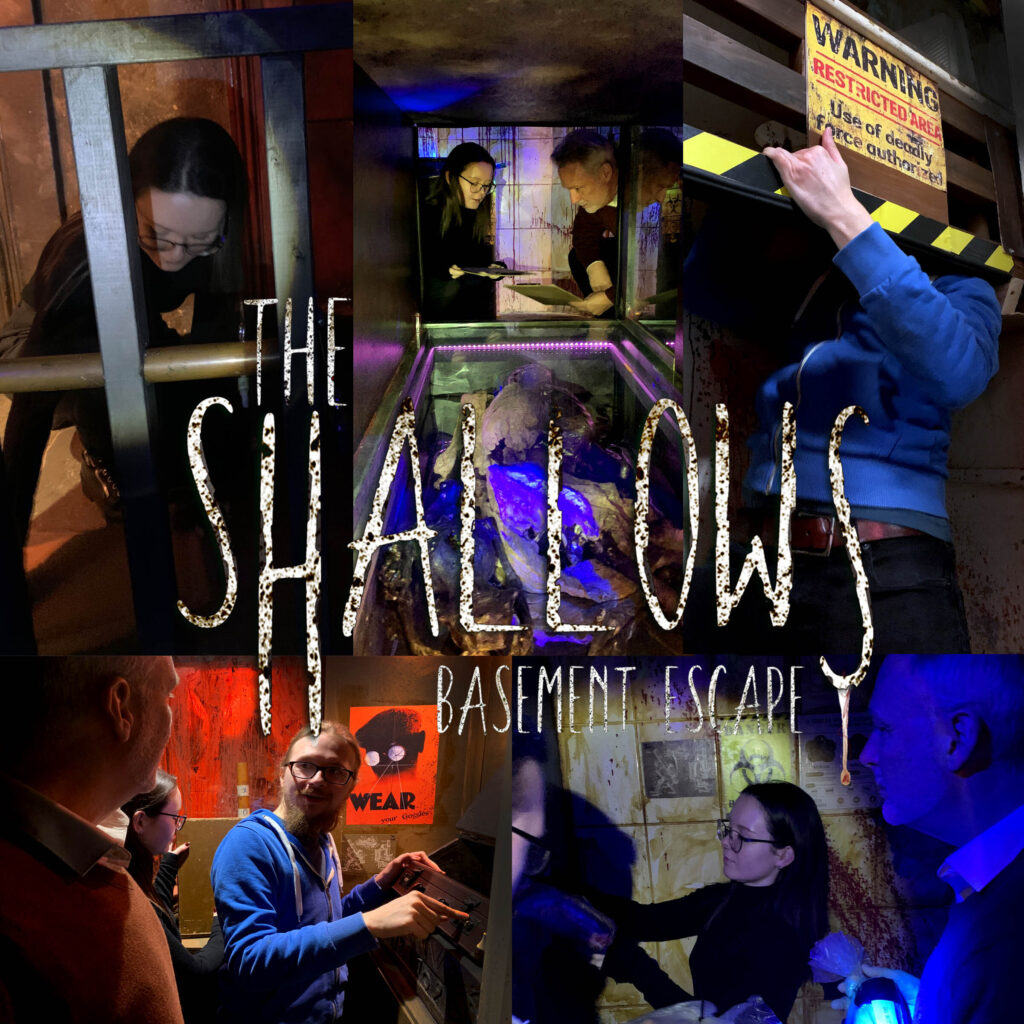
I won’t write more about the basement, as it could still ruin the surprise. They may have kept things and integrated them into the new escape room, I don’t know.
There was a warning sign on the cellar door, but I’ll still list a few of them for you: small spaces, sudden (LOUD) noises, and jump scares. I was tickled pink by the door sign proclaiming that ‘screams are likely’. I fully pooh-poohed the notion of screaming at whatever they had on offer, but they got me. They got us all, and it was excellent.
The sheer effort that went into the décor and setting the mood of the place is really impressive. You completely forget that you’re in a townhouse on Gay Street, a few doors down from the wonderfully quaint Jane Austen Centre.
Instead you’re transported back to the gloomy Victorian era, when some of the best horror stories were created and penny dreadfuls were king. We went on a scorching, bright summer’s day so the drab interior was so much more effective. Also, the cold cellar was worth the scares just to cool off a bit!

Of course there’s a gift shop as soon as you walk into the house, selling the usual tees, mugs, and other merch. I was sorely tempted by a really cute Frankenstein bear, and jars filled with brain-shaped sweets. Instead, I got a magnet with the great quote: ‘Beware: for I am fearless, and therefore powerful’ and a branded pen with a stylus tip as I’m a sucker for stationery in all its wonderful forms.
Visiting Frankenstein’s House
There are a couple of other things in the House that we didn’t do. We didn’t have a drink in the bar, as it was closed, and I’d like to do that! I’ve since read that you can hire out the bar (or even the whole house) for hen/stag nights, birthdays/private parties, and corporate events! They also have packages for school and college visits, which is cool.
I would also be willing to go back to try the other game on offer – the Body in a Suitcase game. I glimpsed the titular suitcase when we were allowed a peek into the bar. You have 45 minutes to look at the clues and figure out who is in the suitcase, and how they died. It’s a murder mystery in a piece of hand luggage, which is deliciously funny to me. I really want to give it a go in the future.
I also didn’t make it to the ‘After Dark’ Halloween event they were advertising when I went. I really hope it’s an annual thing as it sounded like a blast. Essentially, they made the entire place into a haunted house, and did it all in the pitch dark.
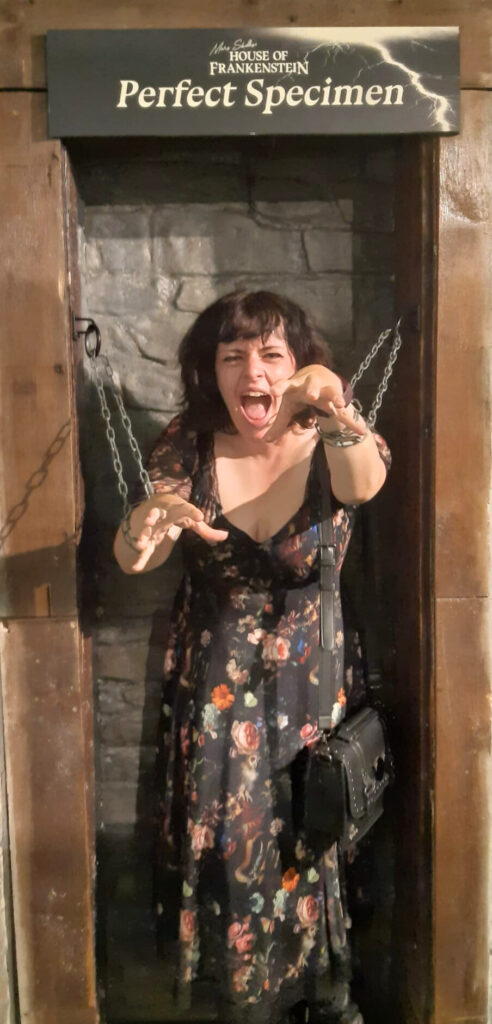
If you get a ticket for one of the Escape Rooms, you will also get access to the House itself. These tickets are priced based on the number of people in your group. So, for example, our group of 4 paid £111 (£27.50 each). It’s fairly pricey, but we got several hours of entertainment out of it.
If you’d rather just see the museum, you can get a House Only ticket, with an adult ticket costing £15.50. You can get a free extra ticket if you buy one of the eBook offers (same price as an adult ticket). Discounts are available for groups of 5, 6, 8, and 10. Carers can enter the House for free! It’s cheaper to book online, but you can buy a ticket on-site if you’re a bit spontaneous.
(Editor’s Note: These prices are correct at the time of writing, but always double-check on the website to make sure!)
Perils of a Listed Building
I want to write a bit about accessibility, too. House of Frankenstein is situated in a Grade-II listed building. For anyone unfamiliar, this means that the building is considered historically important and is conserved under protective legislation.
Because of that, the exterior (and in some cases even the interior) cannot be changed or updated without permission. Getting permissions is difficult-to-impossible, and nothing can damage, disrupt, or ruin the aesthetics of the original building.
Unfortunately, due to the building only having narrow staircases, House of Frankenstein is unable to accommodate prams or wheelchairs. There are also several rooms with flashing lights in them, so beware of this if you have photosensitive epilepsy.

Although a lot my focus is on ‘real life’ scary places, I’m always game for a horror-themed attraction. House of Frankenstein definitely didn’t disappoint. I don’t have a cool discount code for you to use or anything, as this isn’t a sponsored post. So sorry about that, you’ll have to pay full price like I did!
I recommend House of Frankenstein if horror is your thing. It’s exciting and spooky, but also very educational and interesting. If you know of any similar attractions, please let me know in the comments so I can check them out too!
